A portrait of Winston Churchill was unveiled in 1954 to celebrate his 80th birthday. ‘Do you want the cherub or the bulldog?’ he had asked painter Graham Sutherland during the sittings. The politician had been controlling his public image for years; in this case he did so by setting everything up in his own studio (he was himself an amateur painter) and disconcerting the artist by smoking, swilling brandy and nodding off. Sutherland painted neither the bulldog nor the cherub, and Churchill dismissed the final work before hundreds of people as ‘a remarkable example of modern art’. The portrait itself only exists on microfilm. The Churchills eventually had it burnt.
Thus Simon Schama’s new series about British portraiture – the first episode of which explores pictures of the powerful – begins with a brilliant false start. How artists managed to ‘mischievously complicate the vanity’ of the sitter is his topic, and he couldn’t have found a vainer bunch, or at least a group of figures on whose appearance more than just personal vanity rested.
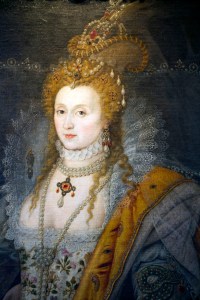
The Rainbow Portrait of Elizabeth I, attributed to Isaac Oliver, Hatfield House © Oxford Film and TV
Elizabeth I forbade unauthorised portraits of herself, and the official ones show her getting more beautiful rather than ageing. Margaret Thatcher turned paparazzi intrusions into photo-ops and micro-managed her official portraitist, making him touch up this and that to her specifications. Between these women came Queen Victoria who lived in an age when, suddenly, anyone could own their own portrait, and, similarly, the Royal family could disseminate images of themselves as a normal Victorian family with bourgeois values – effectively creating the royal tat industry. We are consequently invited into the home of memorabilia collector Margaret Tyler, which is piled to the ceiling with God Save the Queen cushions.
Schama seems eager – in a show that has a disappointing tendency to slide into bland celebrations of British democracy – to be thoroughly ‘democratic’ in his judgement of artistic merit. When explaining the uniqueness of 18th-century British satirical cartoons he doesn’t need to insist that the drawings of James Gillray are ‘as painstaking as any oil painting’ for them to be interesting. This is nonsense, for a start. Gillray wouldn’t have required William Pitt to sit eight times for his portrait as a mushroom. There wouldn’t have been endless back-and-forth between the artist and George III’s queen Charlotte as to the gaunt face and wrinkled breast he gave her. (And in the field of 18th-century satire truly affecting the public, Britain has nothing on France. Cartoons of Marie Antoinette stoked the courage and audacity of the revolutionaries who chopped off her head.)
The first episode of the show doesn’t quite escape a sort of homely tackiness; but then, it was probably this slant which pushed it through the BBC boardroom to a mainstream channel and saved it from BBC Four. At least we have Schama – incisive and authoritative but gentle and approachable – to take us through it. His storytelling and curation is emotively structured and tense throughout, and he manages to find original, even lyrical things to say about the old icons.
‘The Face of Britain by Simon Schama’ is a six-part series on BBC2. An exhibition, ‘Simon Schama’s The Face of Britain’, is on view at the National Portrait Gallery until 4 January 2016.
Unlimited access from just $16 every 3 months
Subscribe to get unlimited and exclusive access to the top art stories, interviews and exhibition reviews.

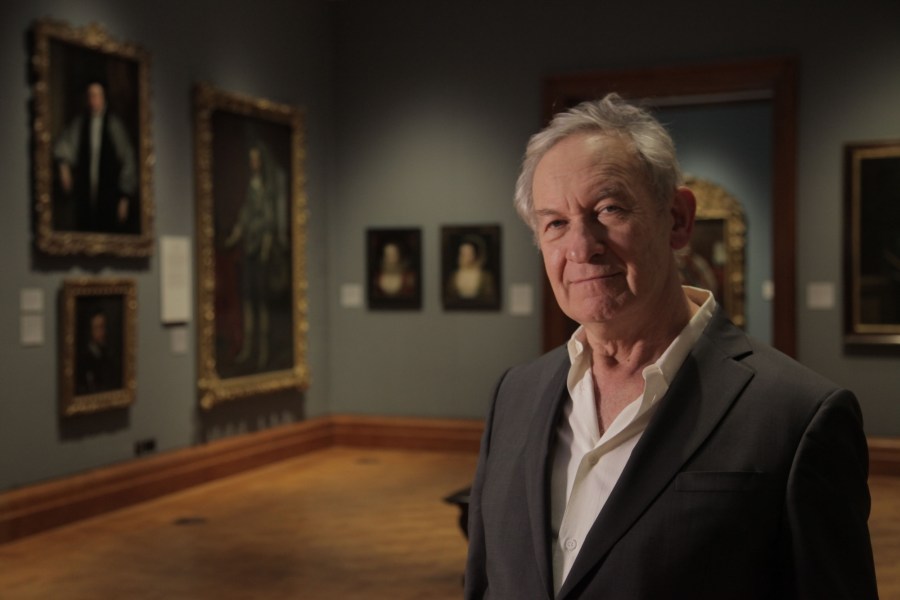
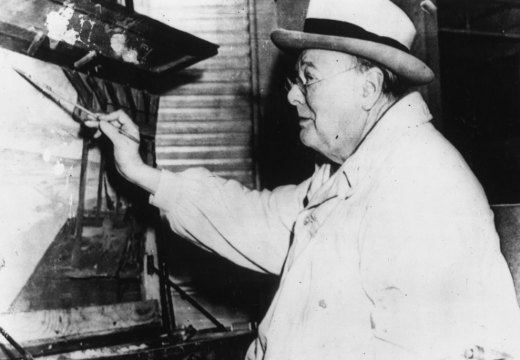
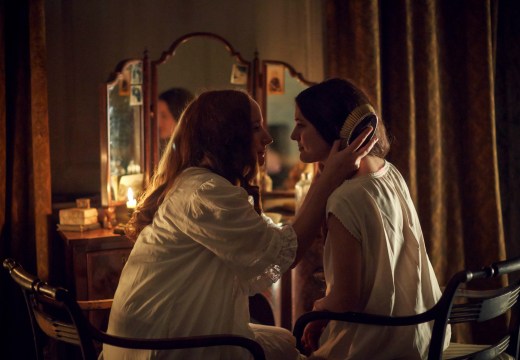
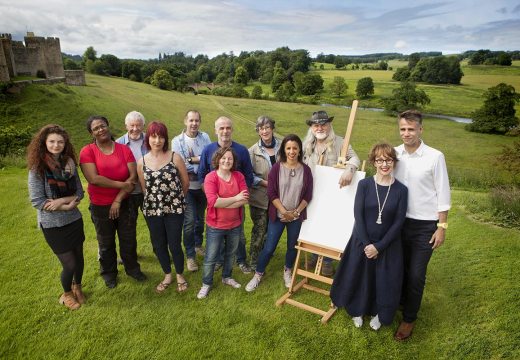









![Masterpiece [Re]discovery 2022. Photo: Ben Fisher Photography, courtesy of Masterpiece London](http://www.apollo-magazine.com/wp-content/uploads/2022/07/MPL2022_4263.jpg)
It’s time for the government of London to return to its rightful home